We love travel and adventure, but being a globally-minded citizen means recognizing when the things we love are disappearing. From grand glaciers in Montana to penguins on the Galapagos Islands, some of the world's treasures may not be here past our lifetime thanks to climate change and other factors. We can do our part to change this by traveling responsibly with eco-friendly tour operators, amending our carbon footprint, and helping to curb pollution. And while we’re doing that, let’s be sure to responsibly visit these gorgeous natural and manmade attractions before they’re gone forever.
1. Glaciers in Glacier National Park
Photo courtesy of Flickr/Rex Brown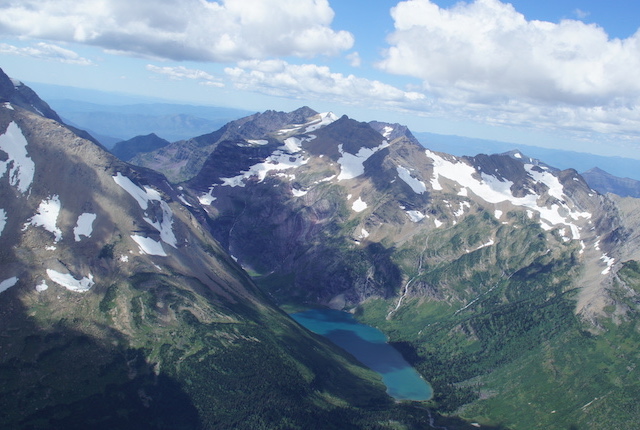
The effects of global warming are more than clear at Glacier National Park in Montana. From 150 glaciers, there are now just 25 remaining. Scientists have been studying this park for decades and computer-based climate models predict that by 2030, the park’s largest glaciers will vanish. There’s also the chance that this could occur sooner, as many of the glaciers are receding faster than the predicted rate.
Where to Stay:
2. Taj Mahal
Photo courtesy of Flickr/Paul Asman and Jill Lenoble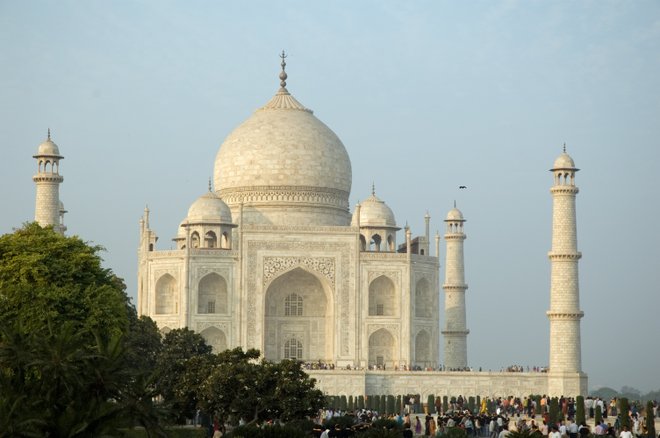
According to some experts, travelers have between two and five years to visit the Taj Mahal before it collapses and is gone forever. Air pollution has been eroding the building’s exterior and the wooden foundations it sits upon are rotting. The Taj Mahal was built on the edge of the Yamuna River, which has now run dry because of overuse and deforestation. With no water, many agree that the cracks in the foundation will give way and the attraction as we know it will be no more.
3. Dead Sea
Photo courtesy of Flickr/nborun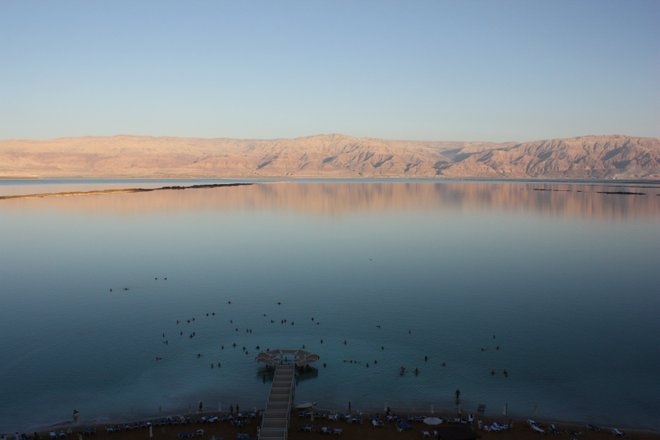
In the last 40 years, the Dead Sea has shrunk by one-third and sunk by 80 feet. Neighboring countries have been drawing water from the Jordan River, the only water source for the Dead Sea, leaving former seaside resorts and attractions close to a mile away. If this continues, experts conclude that it may be gone within 50 years, so don’t miss your chance to experience this natural wonder.
4. Galapagos Islands Penguins
Photo courtesy of Flickr/Julian Rotela Rosow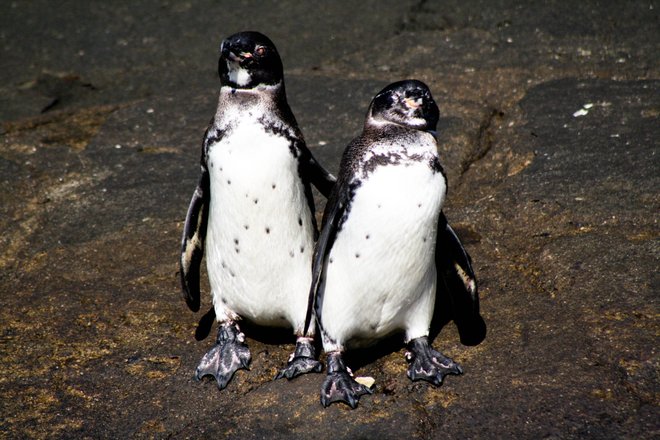
The Galapagos Islands and its magnificent flora and fauna are a sight to behold, but increasing ocean temperatures have caused some of the reefs to die. This has in turn impacted the land animals that rely on the reef and seaweed for food. Of particular concern is the Galapagos penguin (on the endangered species list), which nests on a fragile coastline. Luckily, rangers are already working to build penguin habitats further inland. If and when you go, book with companies that have a Smart Voyager stamp of approval, which indicates that they’re eco-friendly and do work to maintain the islands.
Where to Stay:
5. Northern Lights
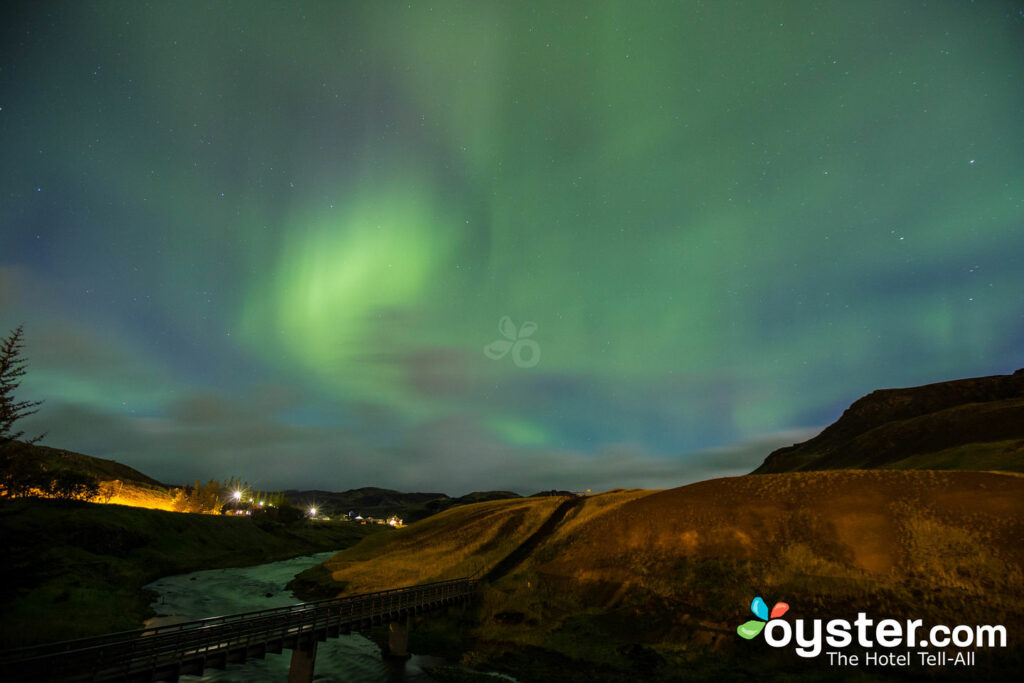
Believe it or not, the Northern Lights are dimming (for the next 10 or so years at least). The rotation of the earth and sun mean that the Aurora Borealis may not make an appearance until a more active period, which would likely begin around 2024. Discover the best places to see the Northern Lights this year and book your adventure before they’re gone.
Where to Stay:
6. Black Rhinos
Photo courtesy of Flickr/Brad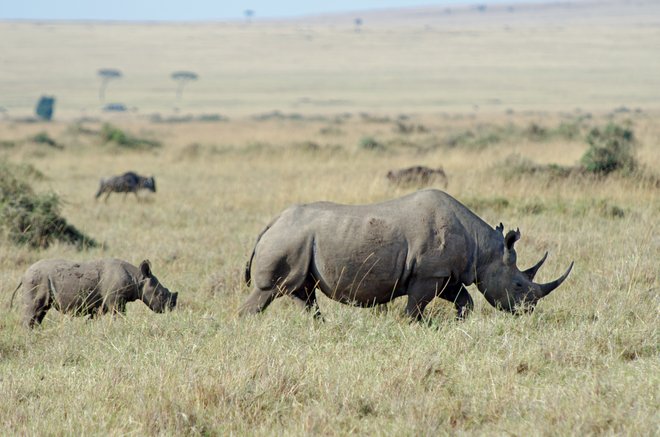
Thanks to conservation efforts largely out of South Africa, the white rhino has recovered from near extinction. But its cousin, the black rhino, is down to a population of roughly 5,000. They live in tropical and subtropical grasslands of Africa throughout Kenya, Tanzania, South Africa, Zimbabwe, Malawi, and Botswana. If you’re lucky, you might catch a glimpse of the creatures on your next safari.
7. Great Wall of China
Photo courtesy of Flickr/Keith Roper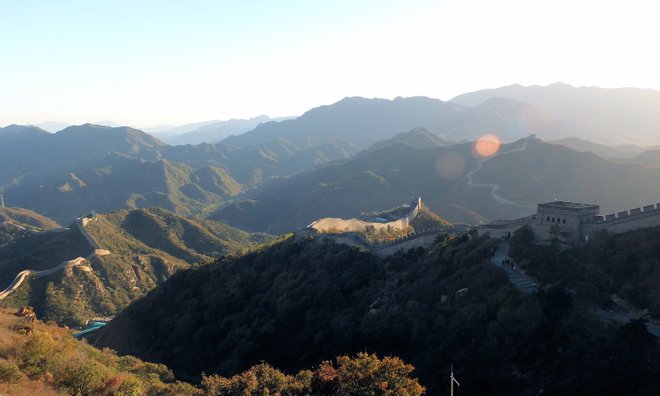
It’s a widely circulated myth that the Great Wall of China is visible from space, but plenty of people flock to see one of man’s greatest construction projects with their own eyes from earth. But latest figures suggest that only one-third of the wall remains intact. Due to a combination of intensive farming, tourists, theft (people pocket those ancient rocks), and erosion, the vast structure is at serious risk of disappearing from earth, let alone from space.
Now, watch our video of islands to visit before they’re gone forever >>
https://www.youtube.com/watch?v=nd4UNnR6fZY
Toby Orton contributed to reporting for Great Wall of China.
Related Stories:
- 7 Islands You Need to Visit Now Before They’re Gone Forever
- 5 Castaway Vacations on Almost-Desert Islands
- See It Before It’s Gone: The Bioluminescent Bay of Vieques
All products are independently selected by our writers and editors. If you buy something through our links, Oyster may earn an affiliate commission.



